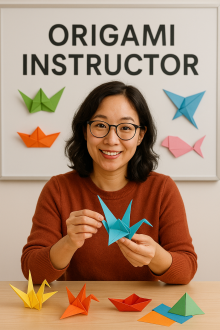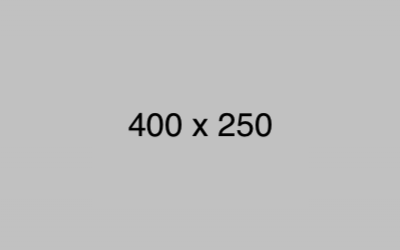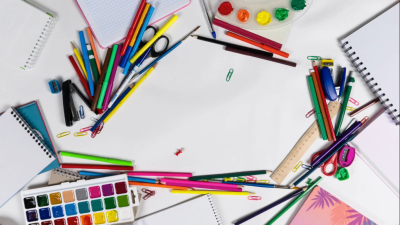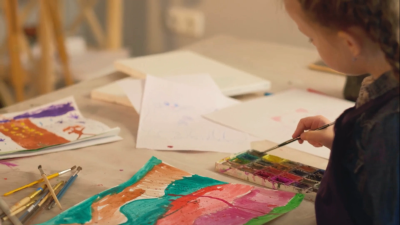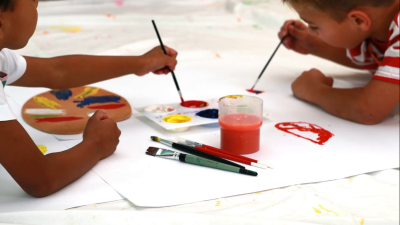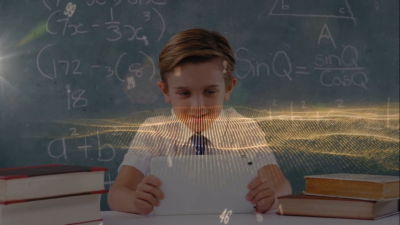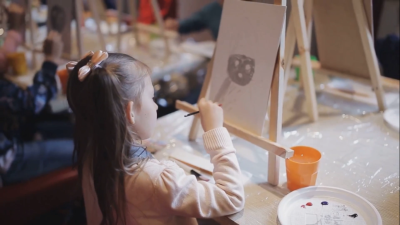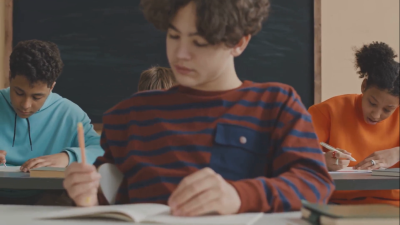Course description
The given book serves as both a record of a competition and a guide for origami enthusiasts seeking advanced challenges. Within its pages, readers will find a diverse set of folding tasks designed by leading origami artists across different countries, including models such as the Cuttlefish, Flat Scorpion, Lion, White Deer with Red Scarf, and modular works like the Sky Scraper Kusudama.
Each task is carefully structured, with diagrams and crease patterns that guide participants through complex folds. The models vary in style and technique, covering animals, abstract forms, corrugations, tessellations, and personal creative projects. Rules and guidelines for participants emphasize originality, quality of presentation, and adherence to traditional folding principles, while also encouraging artistic expression.
Beyond being a competition manual, the book reflects the global spirit of origami—bringing together creators from Russia, Japan, China, Germany, the USA, and beyond. It inspires readers not only to reproduce models but also to innovate and design their own, as shown in the final open-ended challenge themed “Forest.” This emphasis on creativity and sustainability highlights origami as both an art form and a thoughtful use of paper.
In essence, the book stands as a valuable resource for advanced folders, blending competitive excitement with artistic exploration, and offering a glimpse into the highest levels of modern origami design.
